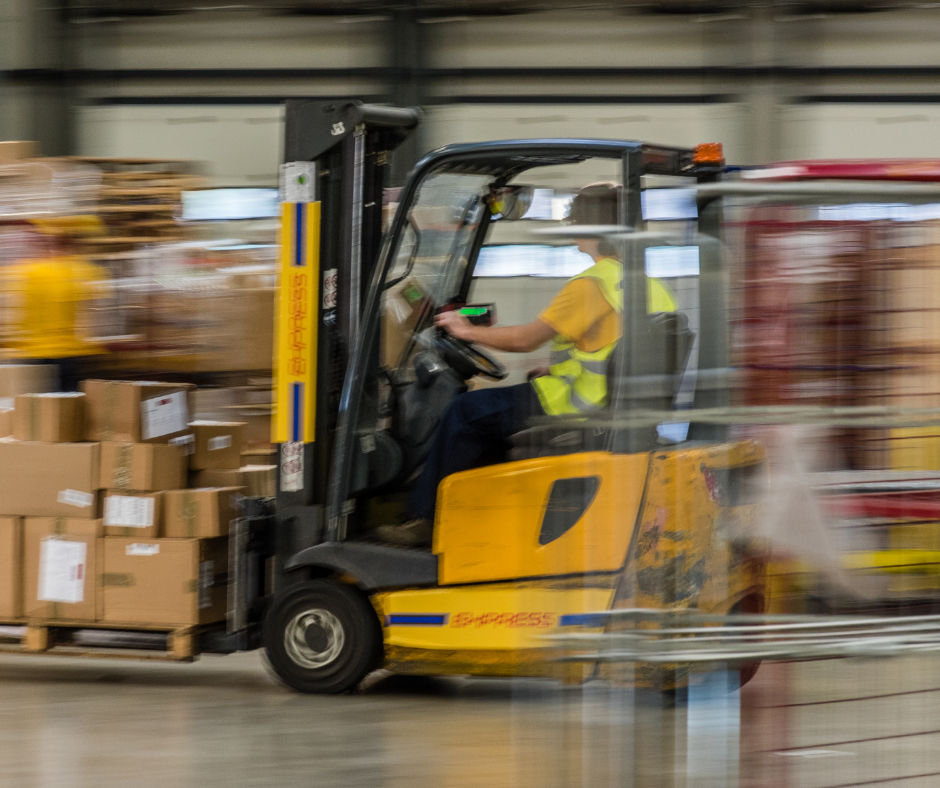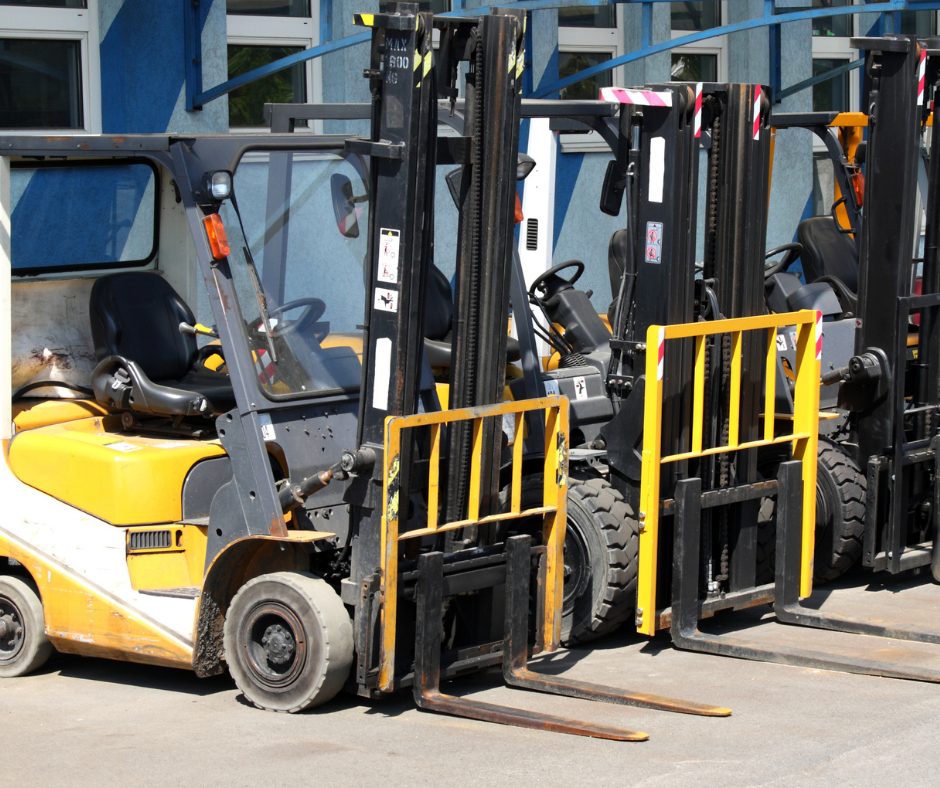6 Things to Consider for Industrial Asset Tracking
Whether in a warehouse or distribution center, asset tracking in industrial environments has its complications. With the need to track and monitor product, equipment, vehicles, and employees – it is essential that businesses integrate a reliable asset tracking system into their operations. Tracking devices must be rugged enough to withstand harsh conditions in manufacturing facilities and must utilize optimal wireless technologies to deliver accurate readings. With all kinds of asset tracking solutions available on the market, the following are six key things to consider to ensure your selection is right for your unique use case.
-
 Is the system rugged enough?
Is the system rugged enough?
Warehouses and distribution centers can be hectic environments, and operating heavy machinery is not something to take lightly. When selecting an asset tracking device for your operations, make sure the solution is industrial-grade and is able to withstand impact, falls, and fluctuating temperatures.
- Is the tracking and positioning reliable?
When it comes to asset tracking, reliability is key. Current day solutions provide operations managers with timely and accurate insights. Through GPS asset tracking, businesses can save a significant amount of money on minimizing injuries, damages to vehicles and equipment, and even theft by knowing where workers and assets are located at all times.
- Can the device be integrated with other systems?
Already working with an ERP, WMS, or CMMS? Avoid expensive pitfalls, and ensure your asset tracking device has an open API that is able to seamlessly integrate with other systems. Dealing with equipment rentals or have a forklift fleet consisting of multiple brands? Be sure that your asset tracking device is brand agnostic to avoid incompatibility.
- Is the solution customizable?
Out of the box solutions are convenient, however, no industrial facility is identical. Each business has its own unique structure and needs. This is why your asset tracking system must have customizable features to ensure you are getting the best ROI.
- Is the system scalable?
As manufacturing plants become more sophisticated, your equipment must be able to scale with it. To avoid having to switch to a new solution, ensure your asset tracking device is able to meet the demands of your growing business and is interoperable for the long haul.
- Does the device do more than location tracking?

Asset monitoring is no longer just about GPS tracking. Industrial operations require additional solutions to ensure safety, efficiency, and productivity. Through the use of an IoT enabled asset tracking system, businesses can benefit from the remote monitoring of their fleet, including tracking run time, fuel usage, and maintenance needs.
Best Solution for Indoor Asset Tracking
With over 20 years of expertise, Access Control Group (ACG) is one of the longest standing asset tracking IoT companies in the industry. The VITAL asset tracking device was designed to address all of the inherent implications of asset monitoring in industrial working environments. Achieve more than accurate GPS tracking, with the following key benefits:
- Hour meter collection: Eliminate manual data entry
- Schedule preventative maintenance: Send maintenance requests straight from your vehicle
- Automatic engine shut off: Save on fuel by shutting off engine when vehicle is idle
- Integrates with business intelligence: Open API works with AssetPro 360 cloud-based intelligence platform and compatible with your ERP
.
